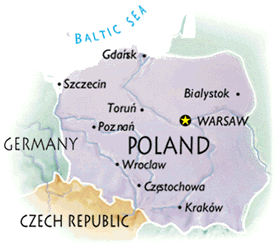

The President has the right to veto legislation, although veto may be overridden by the assembly with a three-fifths majority vote. The President is elected by terms as head of state, supreme commander of the Armed Forces, and supreme representative of the Republic of Poland. The Council of Ministers is responsible to the Prime Minister and the Sejm. The President is elected by popular vote for a five-year term, while the Prime Minister and Deputy Prime Ministers (if any) are appointed by the President and confirmed by the Sejm. The Prime Minister proposes, the President appoints, and the Sejm approves the Council of Ministers. The judicial branch plays a minor role in politics, apart from the Constitutional Tribunal, which can annul laws that violate the freedoms guaranteed in the constitution. The political system is defined in the Polish Constitution, which also guarantees a wide range of individual freedoms. When a majority of voters support the same candidate, that candidate is declared the winner, while when there is no majority, the top two candidates participate in a runoff election. Presidential elections occur every five years. The president, as the head of state, is the supreme commander of the Armed Forces, has the power to veto legislation passed by parliament, which may be overridden by a majority of three fifths, and can dissolve the parliament under certain conditions. Parliamentary elections occur at least every four years. Members of Sejm are elected by proportional representation, with the proviso that non-ethnic-minority parties must gain at least 5% of the national vote to enter the lower house. Legislative power is vested in the two chambers of parliament, Sejm and Senate. The government is formally announced by the President, and must pass a motion of confidence in the Sejm within two weeks.

Its members are typically chosen from the majority party or coalition, in the lower house of parliament (the Sejm), although exceptions to this rule are not uncommon. Įxecutive power is exercised, within the framework of a multi-party system, by the President and the Government, which consists of the Council of Ministers led by the Prime Minister.

However, its form of government has also been identified as semi-presidential. The Government of Poland takes the form of a unitary parliamentary representative democratic republic, whereby the President is the head of state and the Prime Minister is the head of government.

Open-list proportional representation in 41 constituencies (5% national election threshold)


 0 kommentar(er)
0 kommentar(er)
